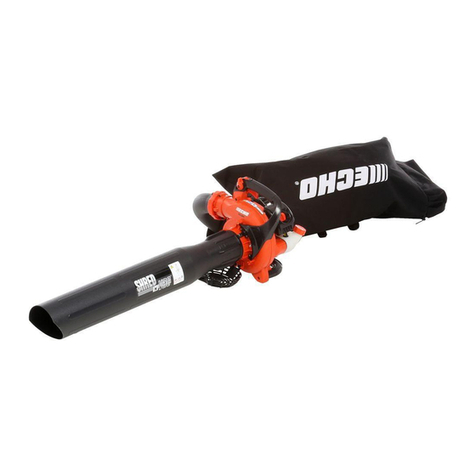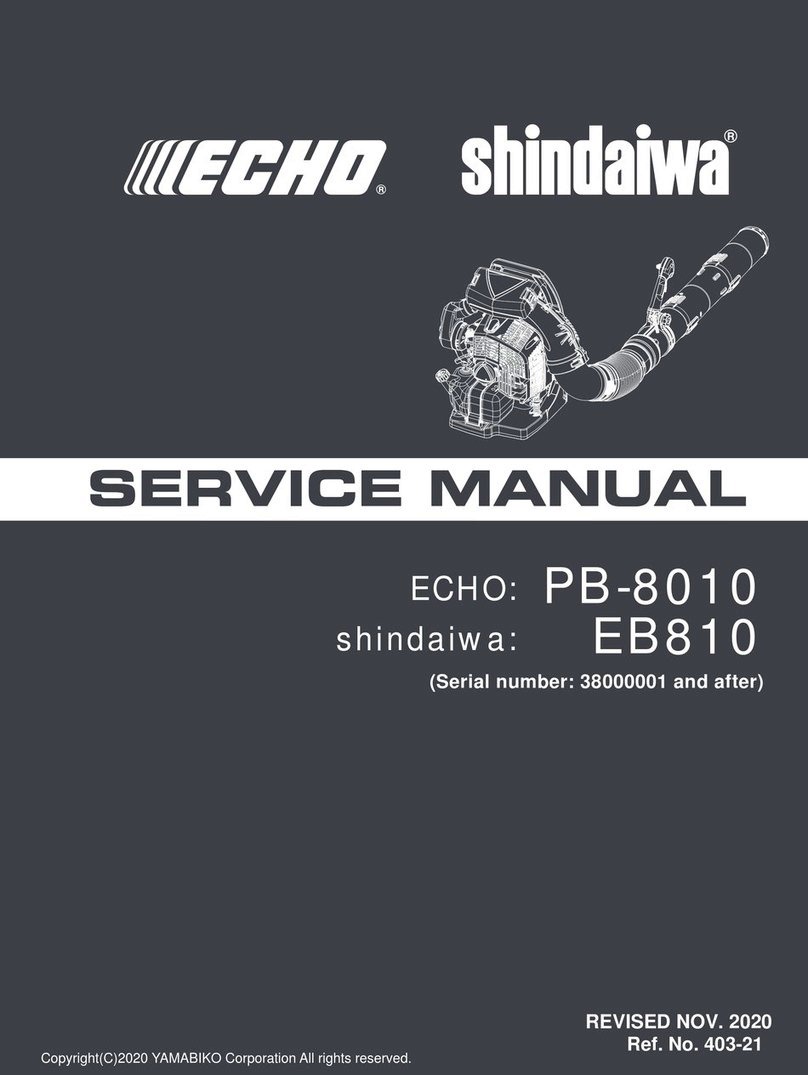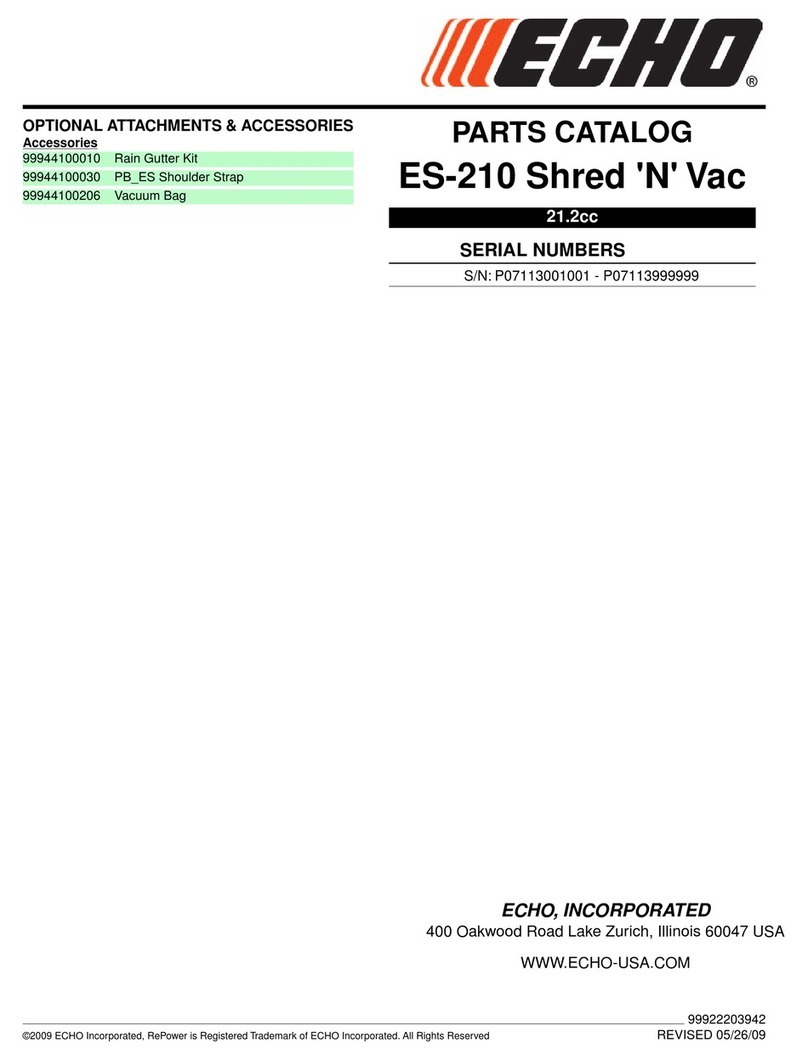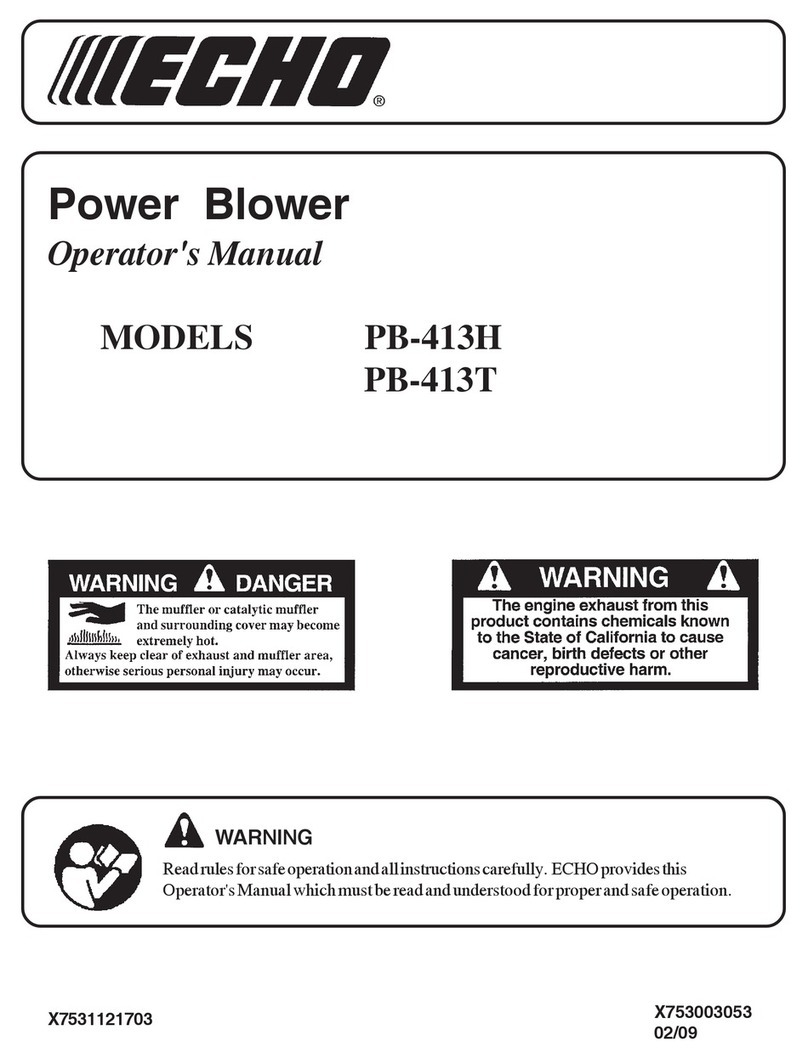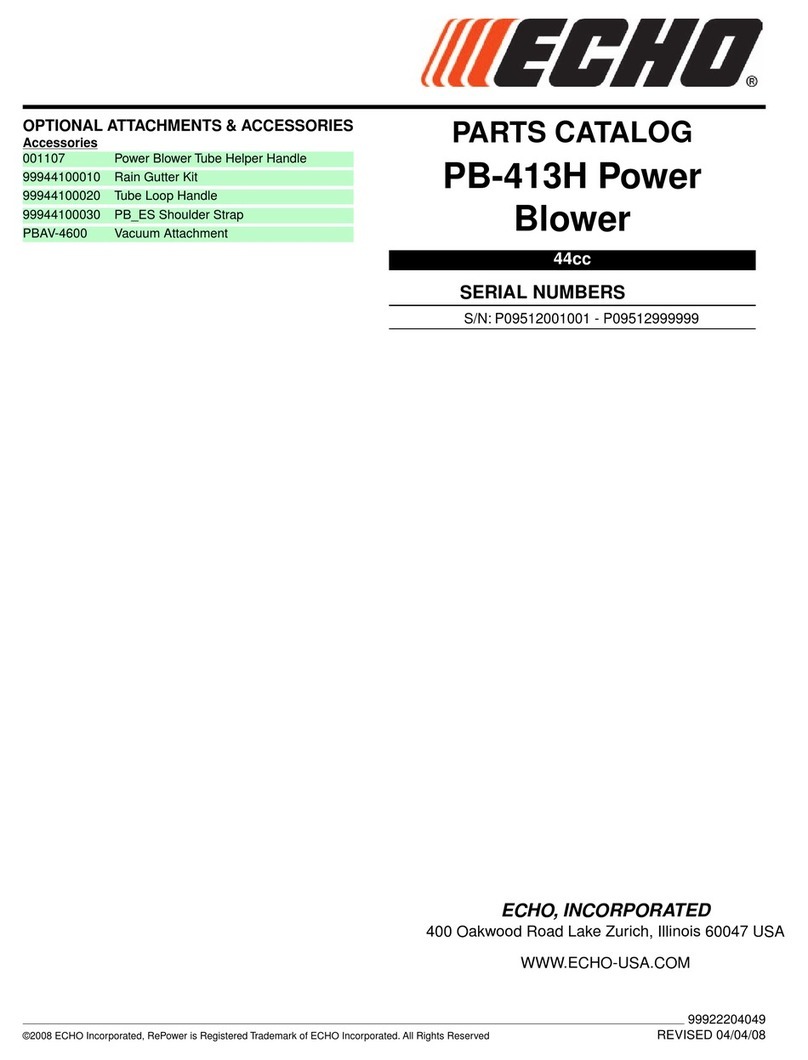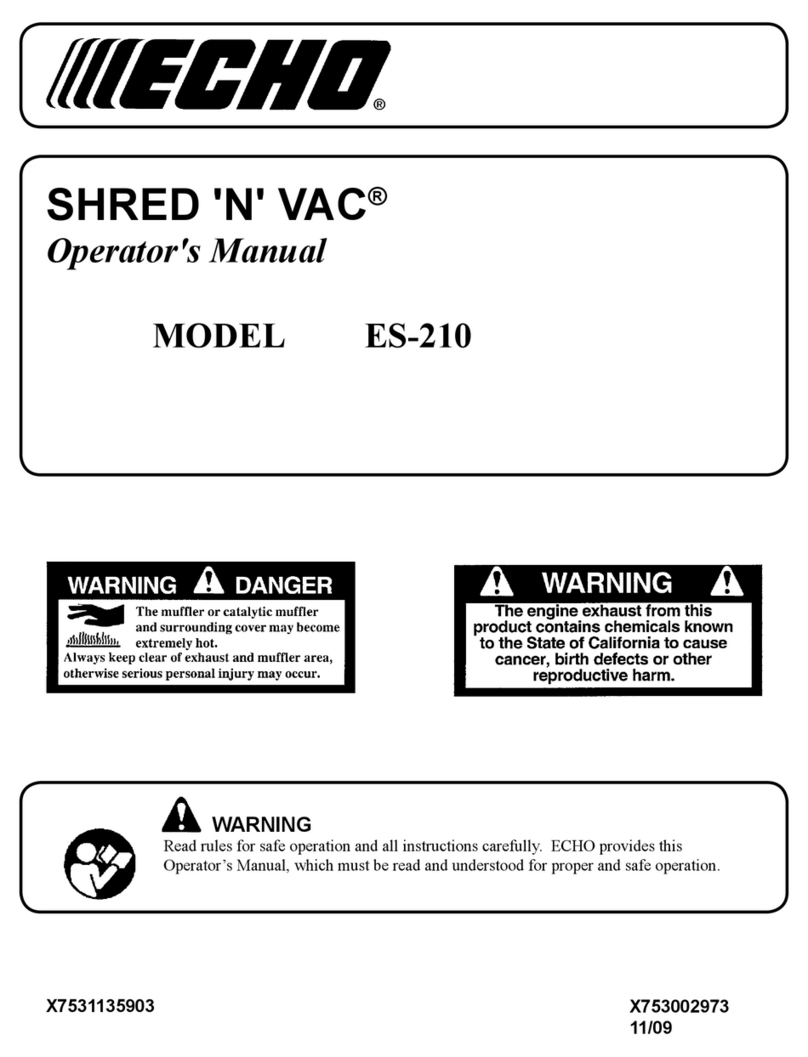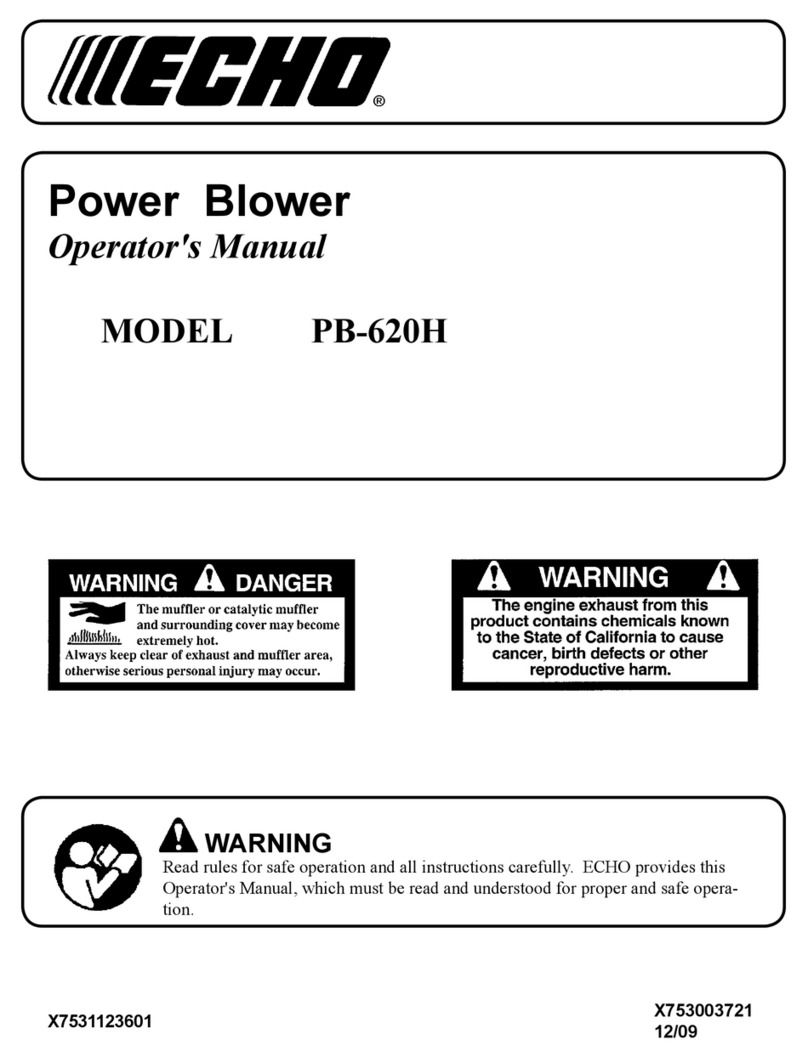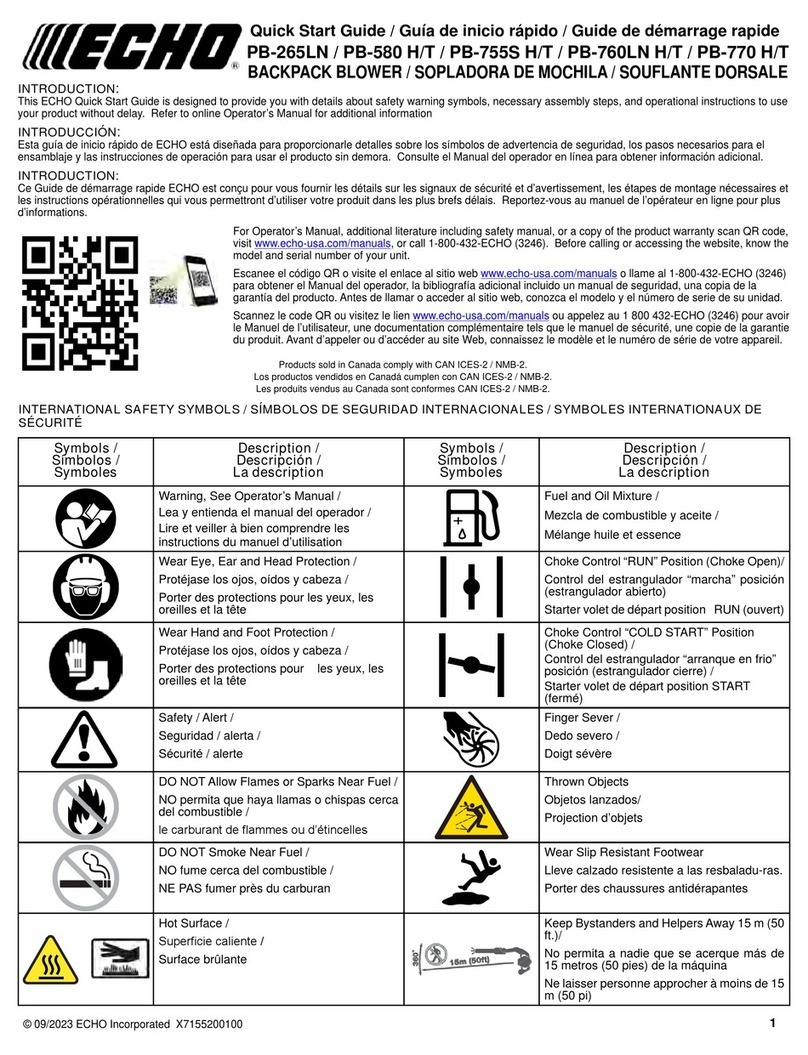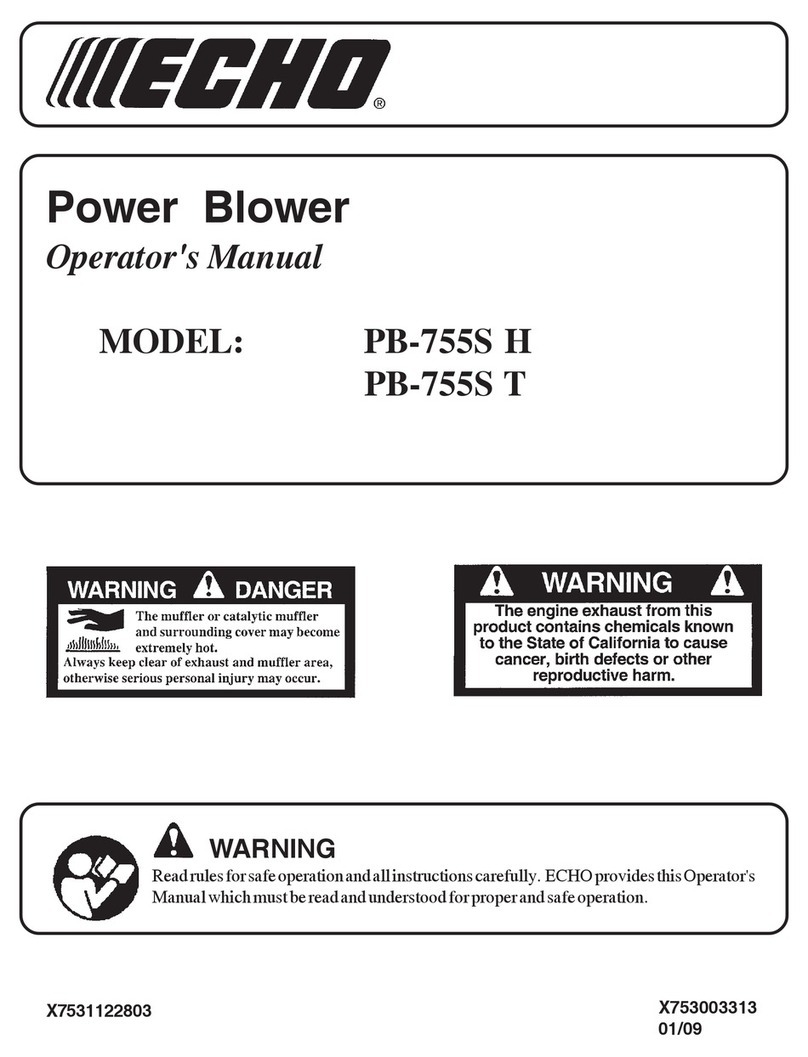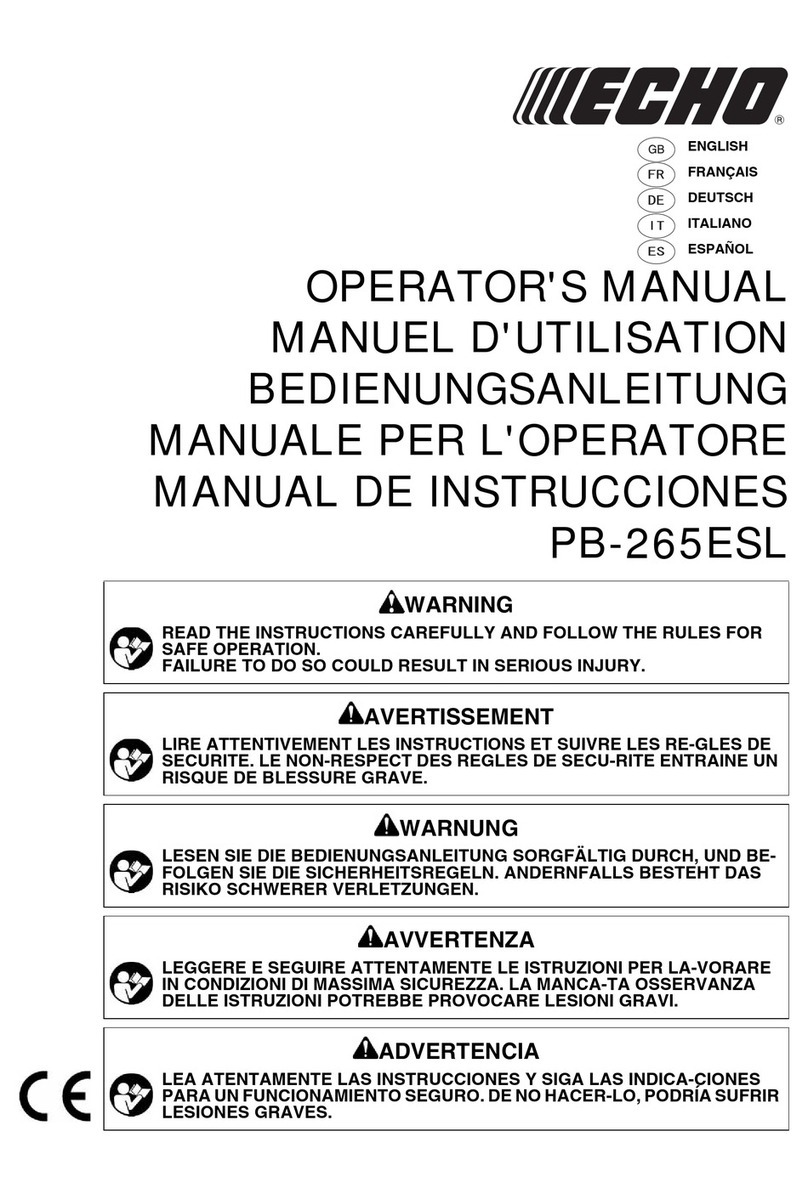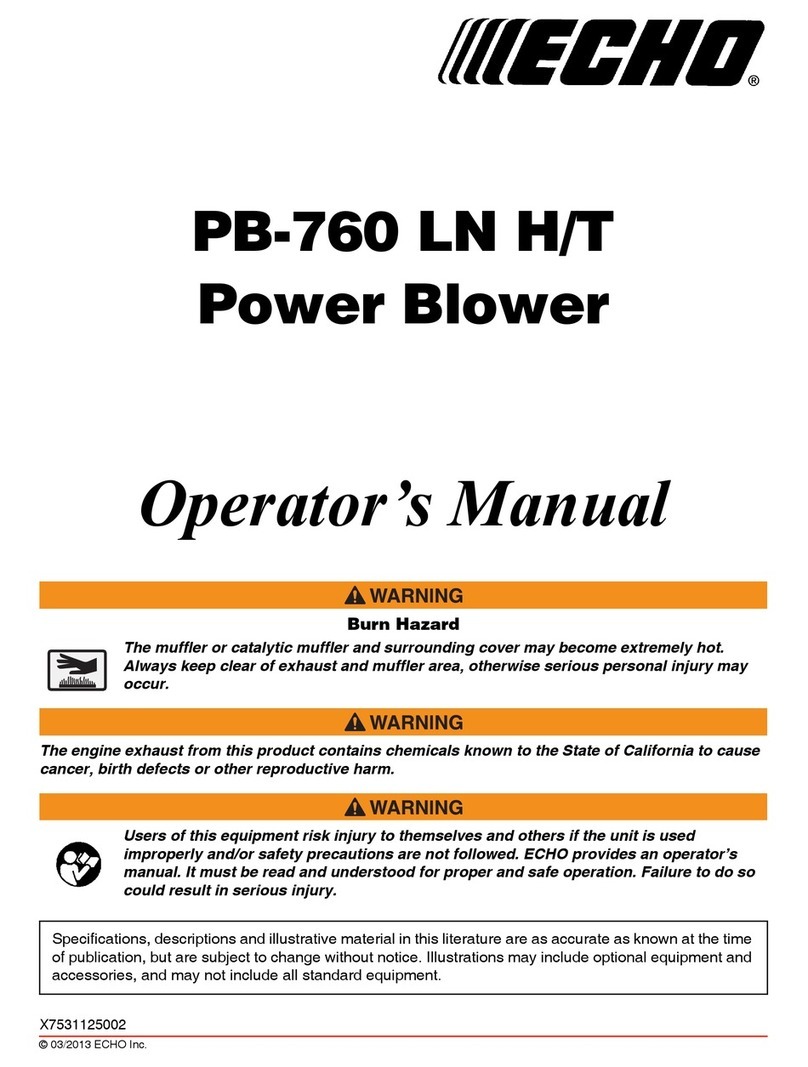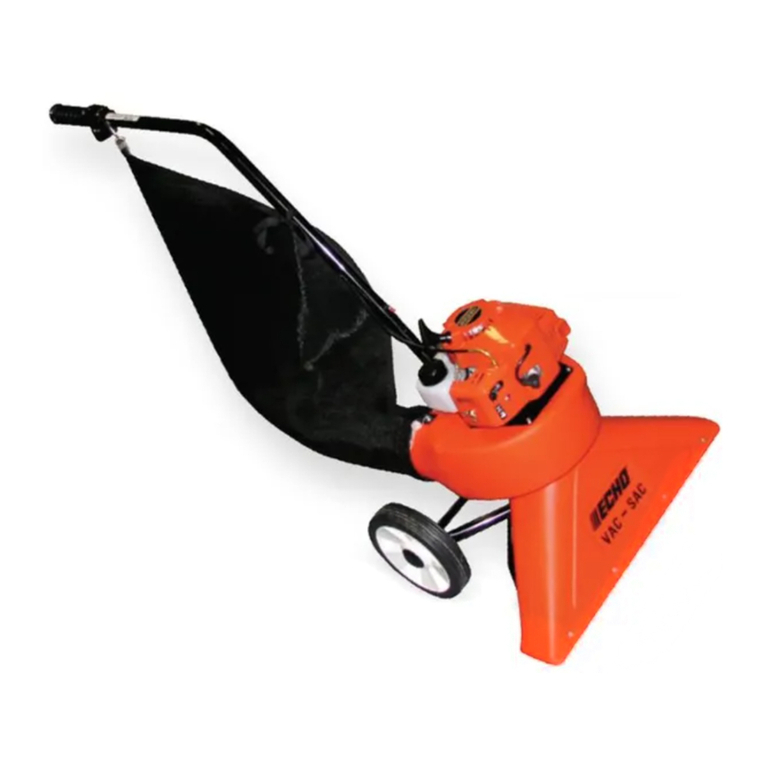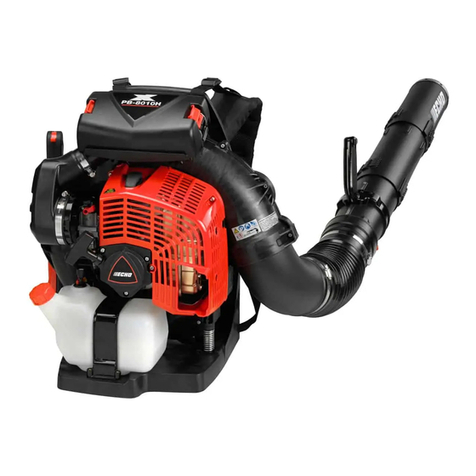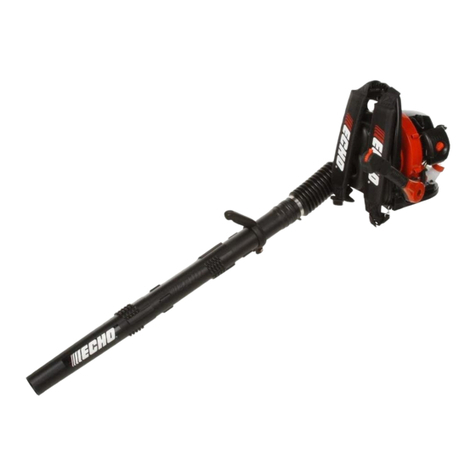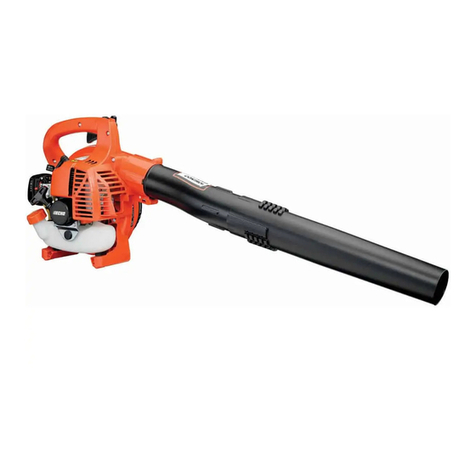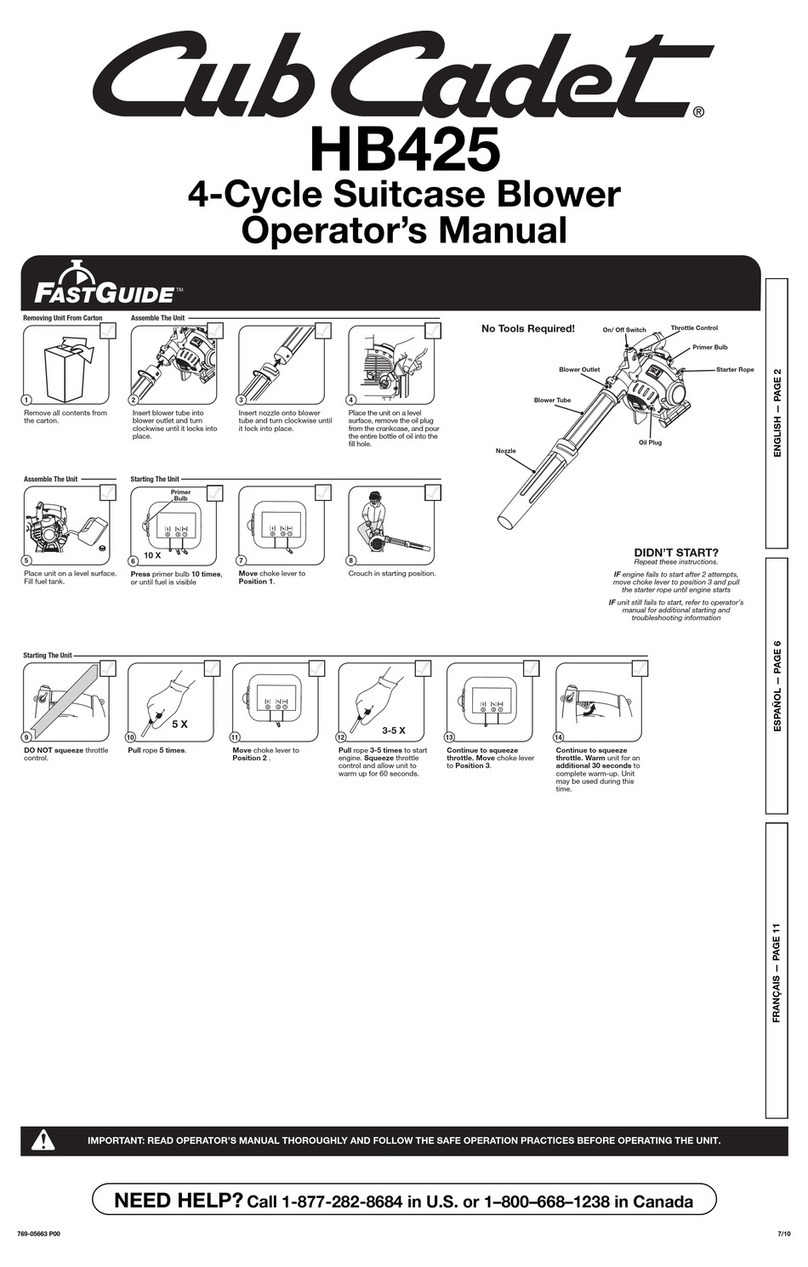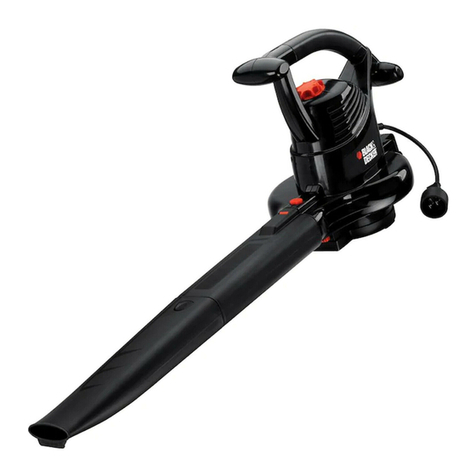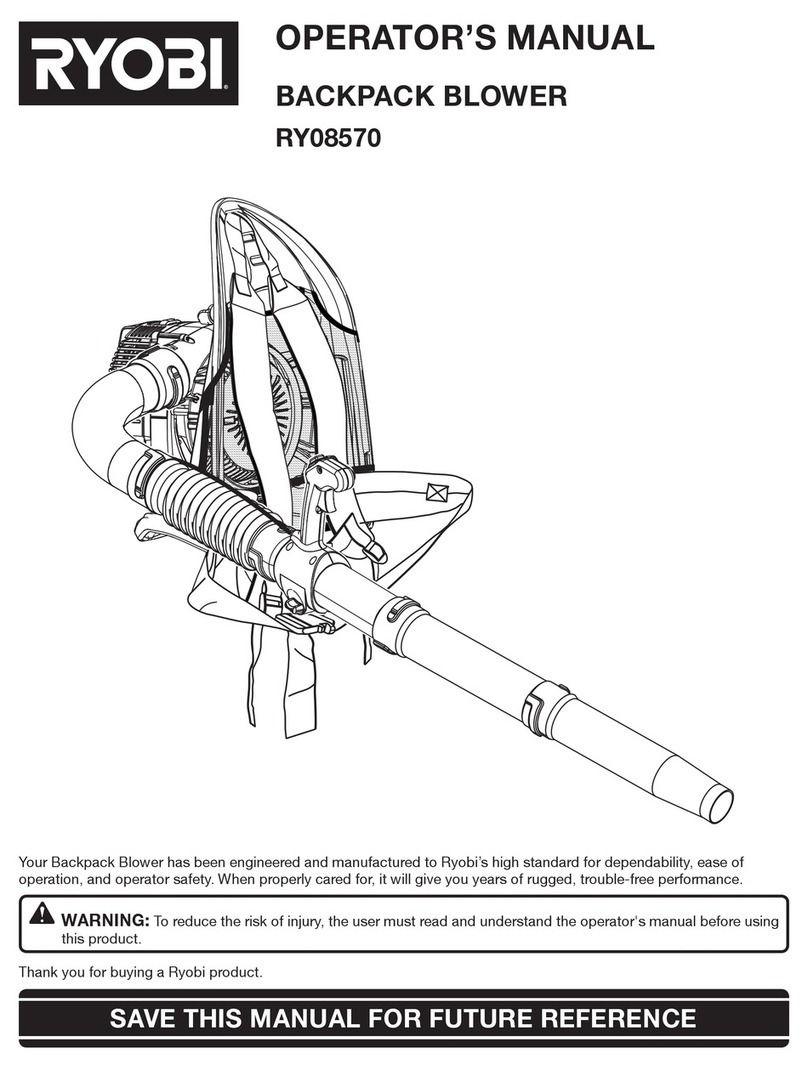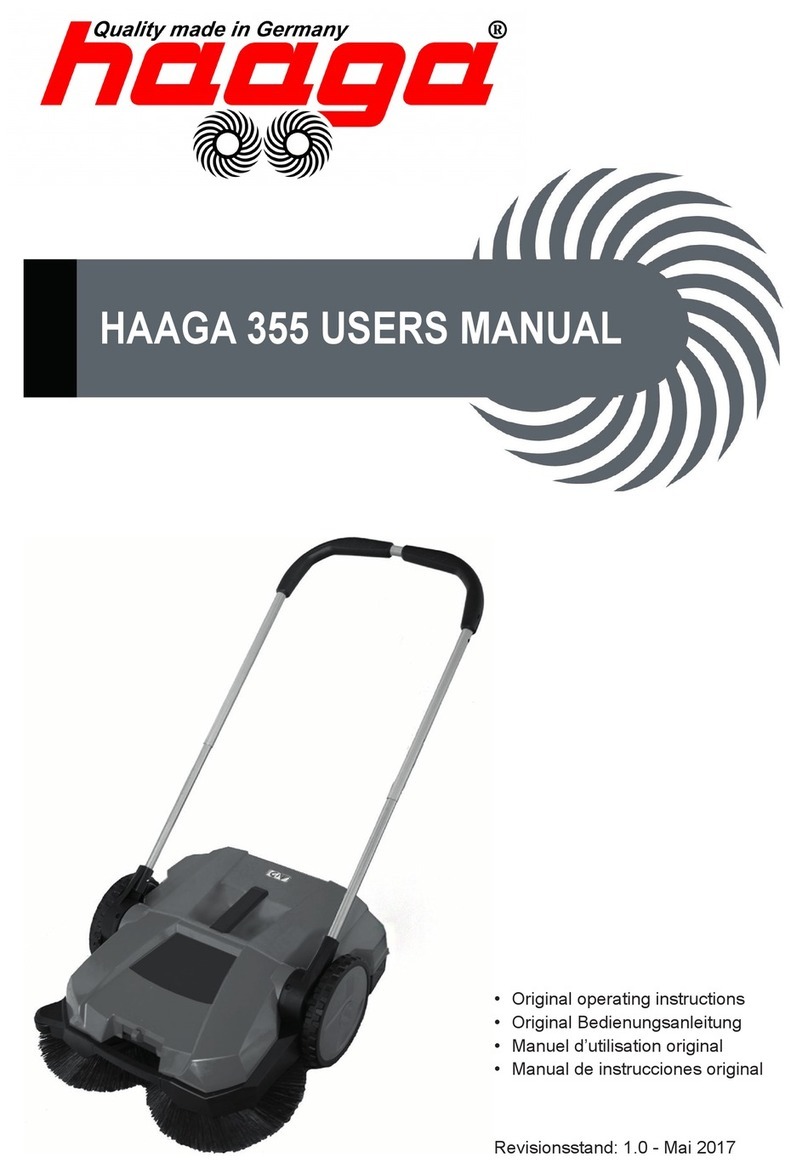
2
TABLE OF CONTENTS
THE OPERATOR’SMANUAL
Read and understand this manual before operation. Keep it in a safe
place for future reference. It contains specifications and information for
operation, starting, stopping, maintenance, storage, and assembly
specific to this product.
Introduction ...............................................................2
- The Operator's Manual ...................................2
Safety ........................................................................3
- Manual Safety Symbols and
ImportantInformation .....................................3
- InternationalSymbols .....................................3
- Personal Condition and Safety Equipment......3
- EquipmentCheck ............................................6
EmissionControl ........................................................6
Description ................................................................7
Contents ....................................................................9
Assembly ................................................................. 10
- InstallBlowerPipes ....................................... 10
Operation ................................................................. 11
- Fuel ............................................................... 11
- StartingColdEngine ..................................... 13
- StartingWarmEngine ................................... 13
- Stopping Engine............................................ 13
- OperatingBlower .......................................... 14
Specifications, descriptions and illustrative material in this
literature are as accurate as known at the time of publica-
tion, but are subject to change without notice. Illustrations
may include optional equipment and accessories, and may
not include all standard equipment.
Maintenance ............................................................ 15
- SkillLevels .................................................... 15
- Maintenance Intervals .................................. 15
- AirFilter ........................................................ 16
- FuelFilter ...................................................... 16
- CheckFuelSystem ........................................ 17
- SparkPlug ..................................................... 17
- CoolingSystem ............................................. 18
- ExhaustSystem ............................................. 18
- Carburetor Adjustment ................................. 20
Troubleshooting ...................................................... 21
Storage..................................................................... 22
Specifications........................................................... 23
Warranty Statements ............................................... 24
ServicingInformation............................................... 28
- Parts/SerialNumber ....................................... 28
- Service........................................................... 28
- ECHOConsumerProductSupport ................ 28
- Warranty Registration................................... 28
- Additional or Replacement Manuals............. 28
INTRODUCTION
Welcome to the ECHO family. This ECHO product was designed and manufactured to provide long life and on-the-job-
dependability. Read and understand this manual. You will find it easy to use and full of helpful operating tips and
SAFETYmessages.
Copyright ©2007 All Rights Reserved.
